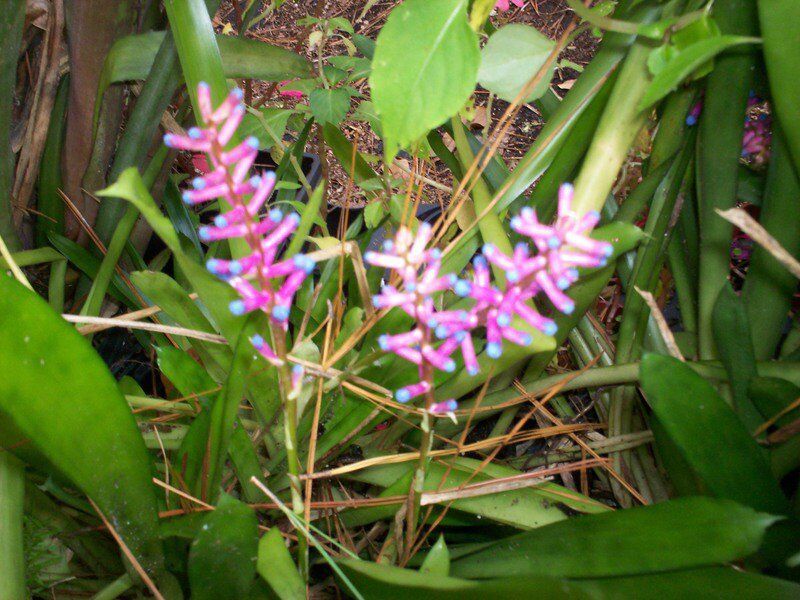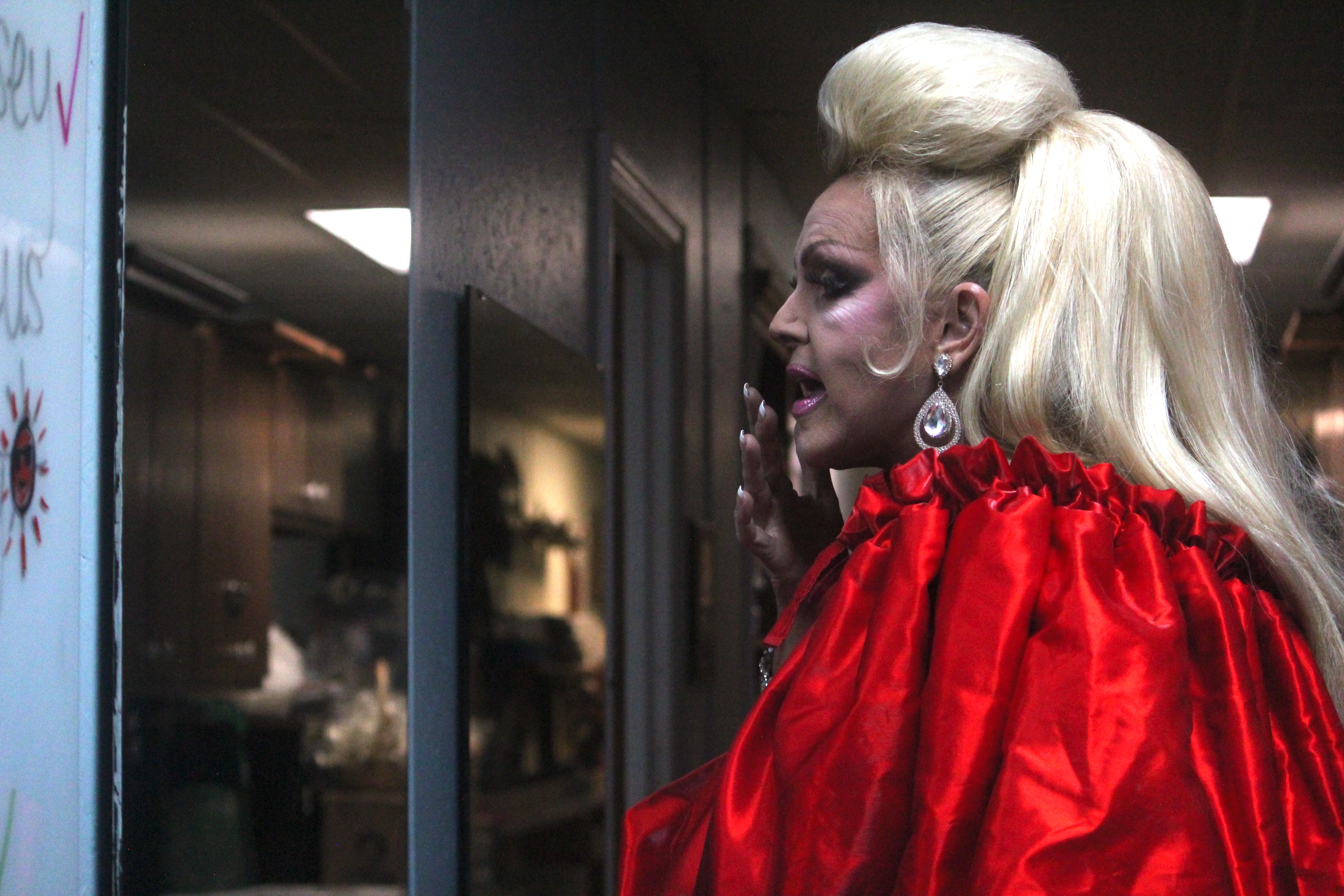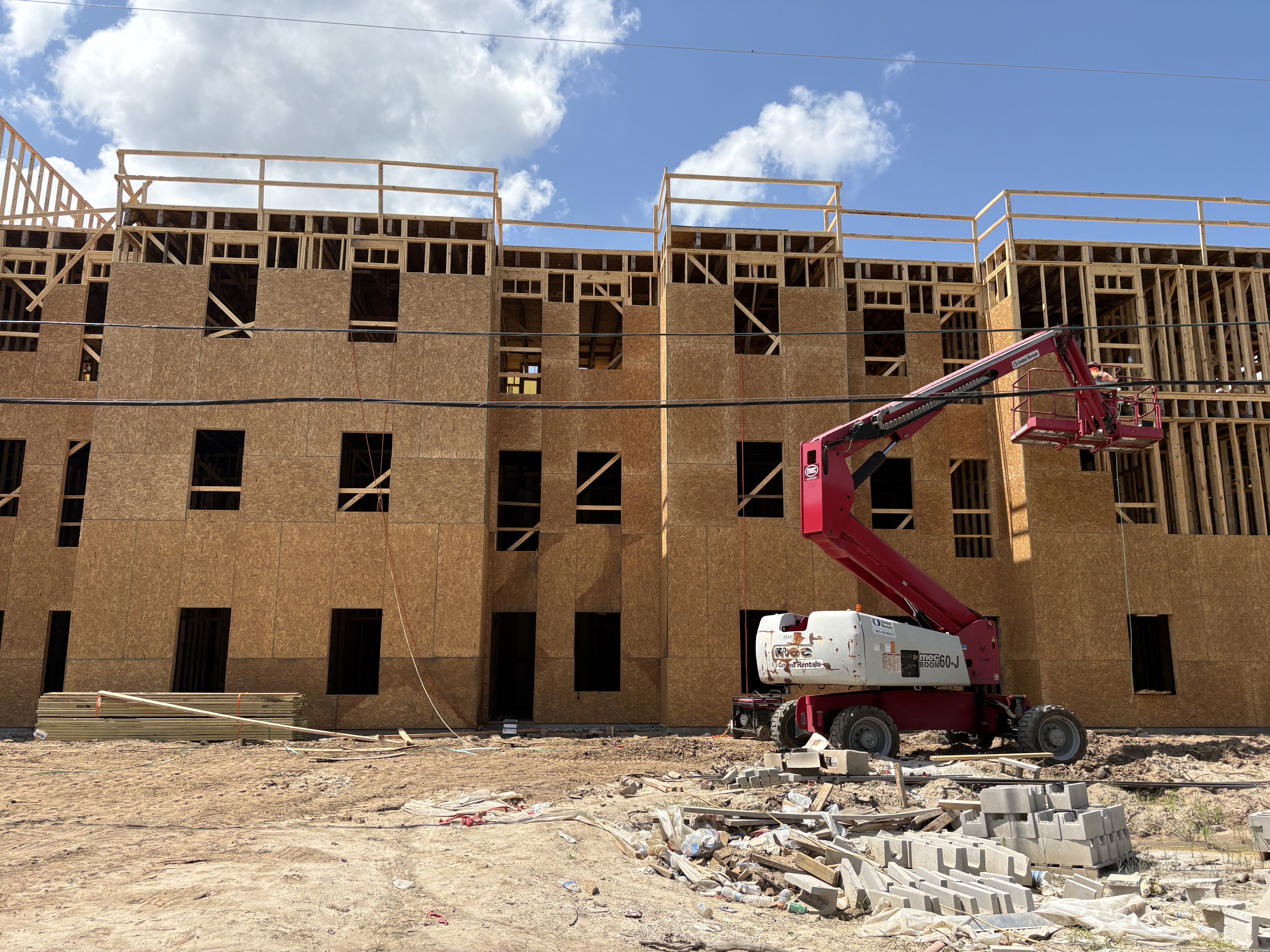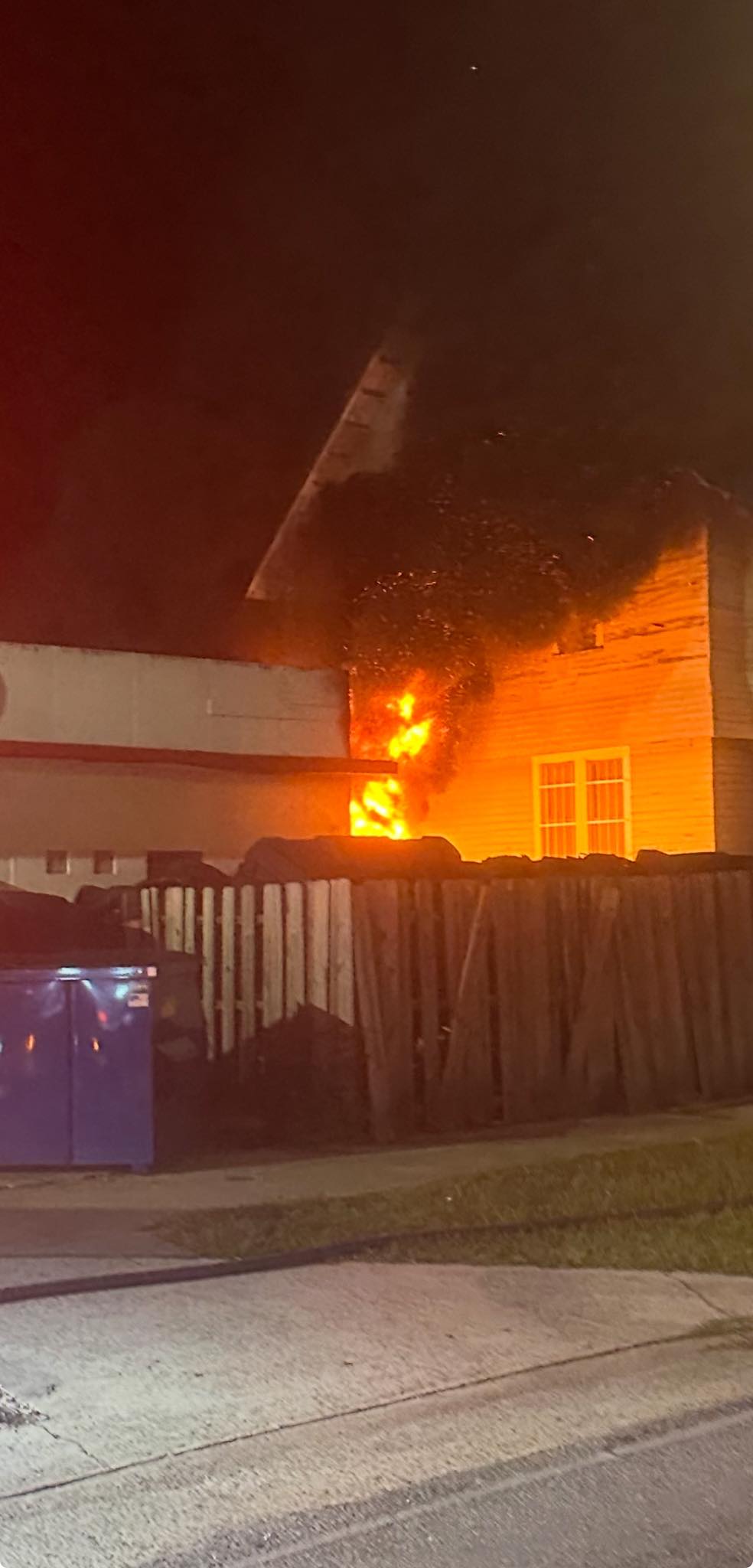GROOMS GARDENING: Array of plants bloom despite cooler weather
Published 5:30 am Saturday, December 5, 2020

- Susan Grooms | Submitted PhotoAnother species of bromeliad in flower.
We are almost a week into December and the weather is feeling a little wintry.
I spent last weekend moving plants into the greenhouse. I’m still not through but I got the largest portion moved. A freeze is predicted before you read this; hopefully, I’ll get most of them in before the cold arrives.
Trending
There are so many weeds and overgrown areas, it doesn’t seem like I will ever conquer this yard again. There are faded perennials that need cutting back; summer phlox, autumn ageratum, fading foliage on lots of gingers, cannas, swamp sunflowers and mums and, of course, native perennials, a.k.a. weeds.
Have you noticed the bright yellow flowers on small trees around town? Cassia trees are in full bloom now; they always bloom late, sometimes playing with the possibility of their blooms being frozen. These lovely little trees have a cascading growth habit and are a beautiful addition to a late fall garden.
The trees produce seed pods that look like green beans. The seed are packed into the pods and many times you will get volunteers under and around the parent tree.
If we do have a freeze; angel’s trumpets, Confederate roses and morning glory trees can be cut back unless you want to have large plants next year.
Wild onions are coming up everywhere out here. They are worse in the flower beds because they like the improved soil, they will grow all winter, bloom in early spring and then fade away until next fall. When my grass is cut, the onion odor is so strong I can smell it before I even turn into my driveway; it smells like a simmering pot of soup.
Garlic is also coming up but it is not wild. I use the green tops for a milder flavor and allow the bulbs to grow until late spring when the tops begin to fade away.
Trending
A large assortment of winter weeds are coming up. I have already seen native geraniums, a.k.a. weed, Florida betony, even Goldenrod is starting to grow the rosette of foliage at soil level.
Some of the plants are very pretty with their soft little downy leaves and look innocent enough, but they will grow rank and try to smother out desired plants.
Many species of bromeliads are blooming; it’s like the last flowers before winter slows their growth. Although the foliage of the plants are not usually that attractive, the blooms are outstanding. The intense colors shout out for attention.
Bromeliads reproduce by multiplying, after blooming the mother plant will often fade away, but small pups on all sides will grow so quickly by the time the mother has disappeared you will never notice an opening in the growth.
Bromeliad do not need a lot of fertilizer. They are mostly foliage and over-fertilizing will slow down the blooming cycles. In their native habitat, the funnels or pitchers catch rain water along with bird and amphibian droppings and that supplies all their needs.
I am out of space, see you next week.
Susan Grooms lives and gardens in Lowndes County.





